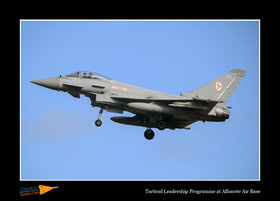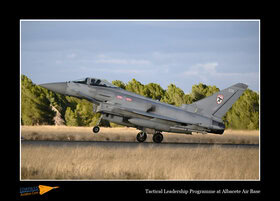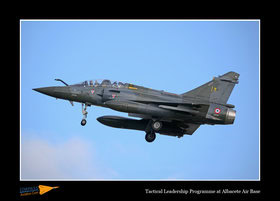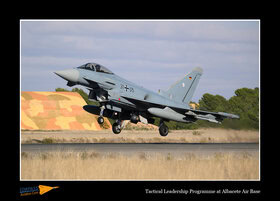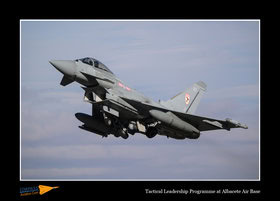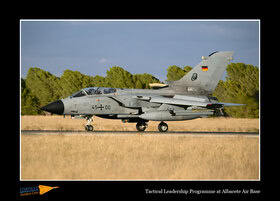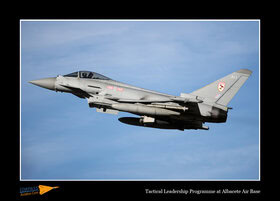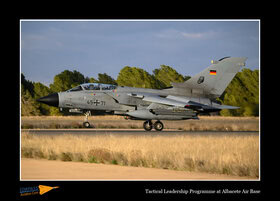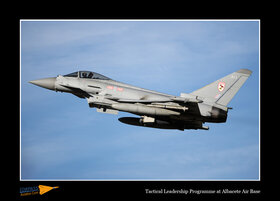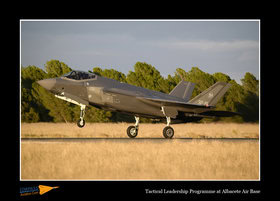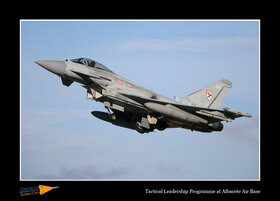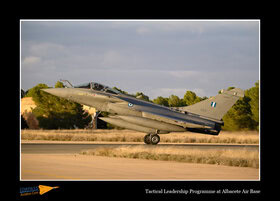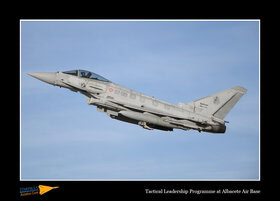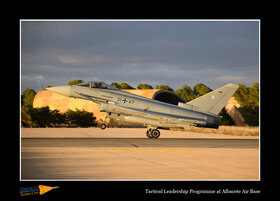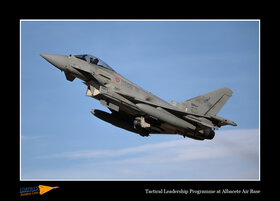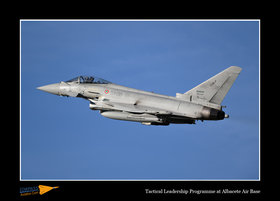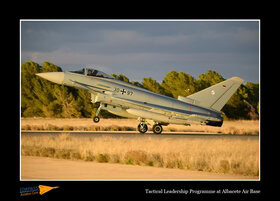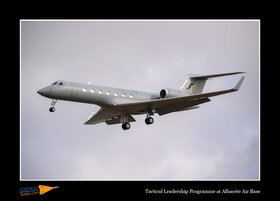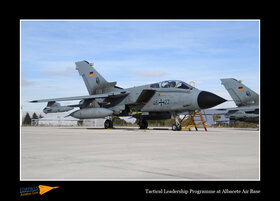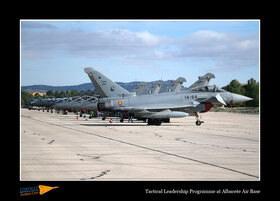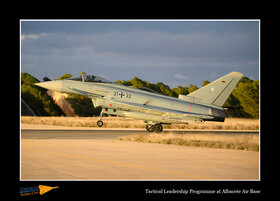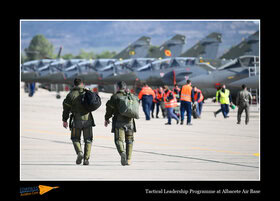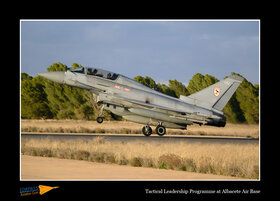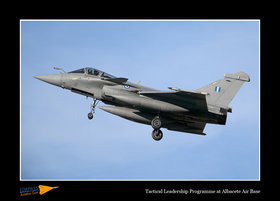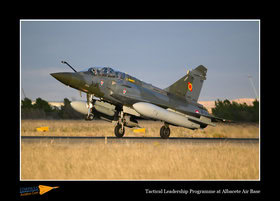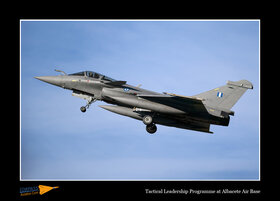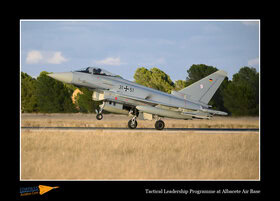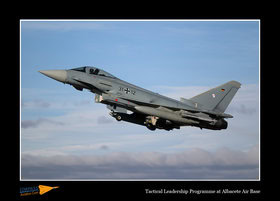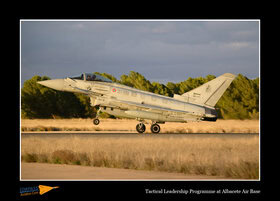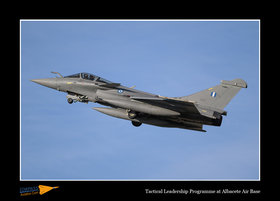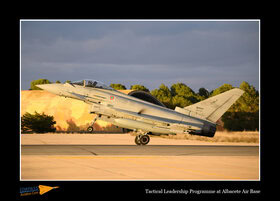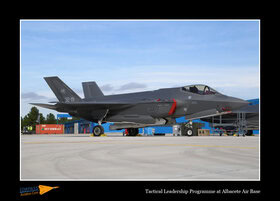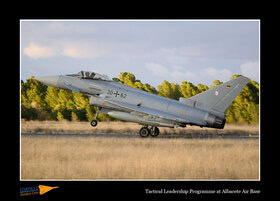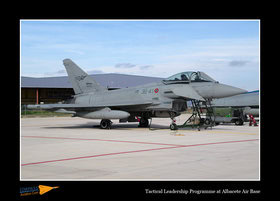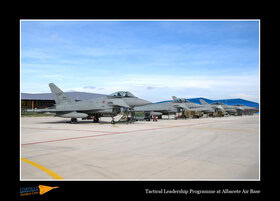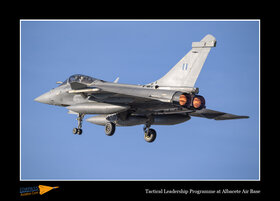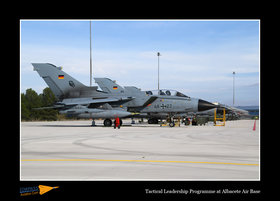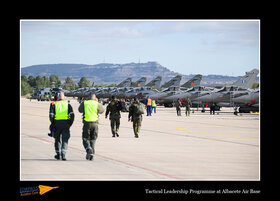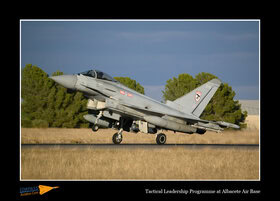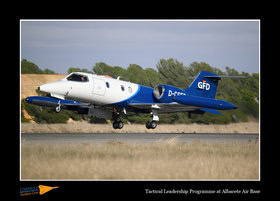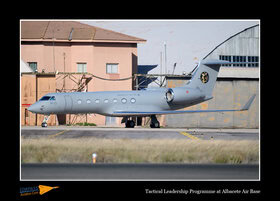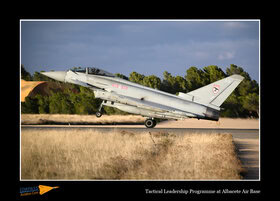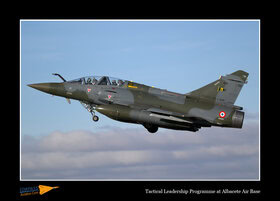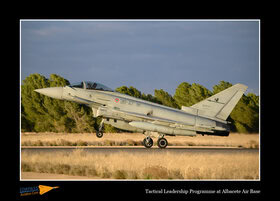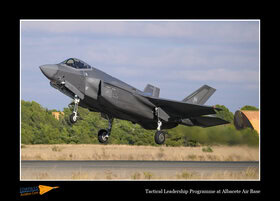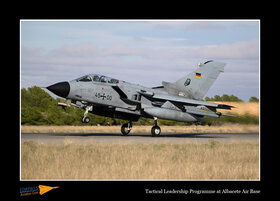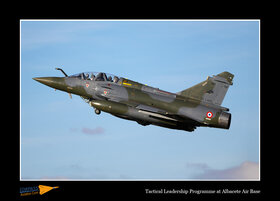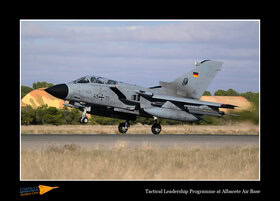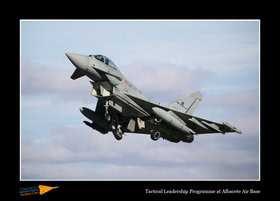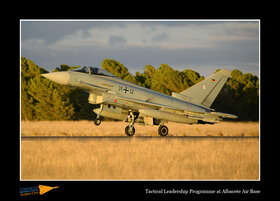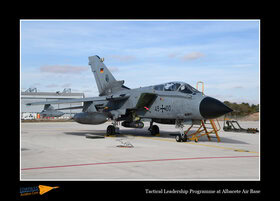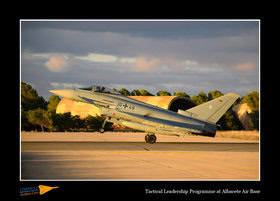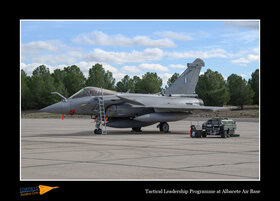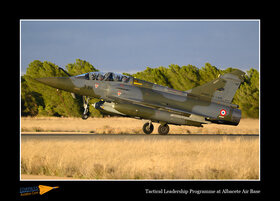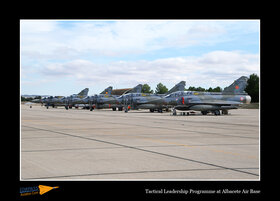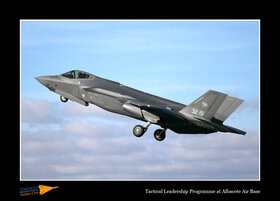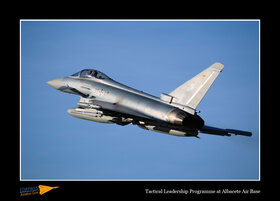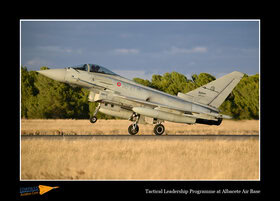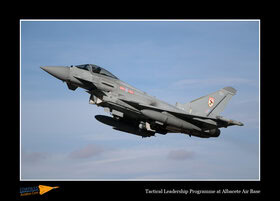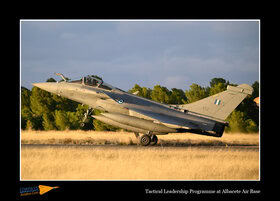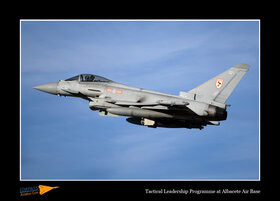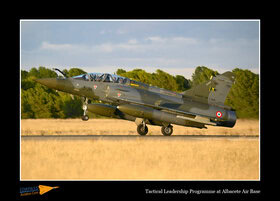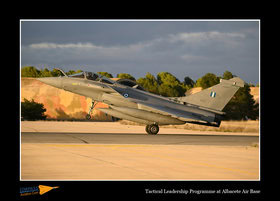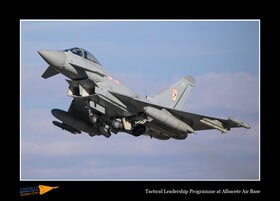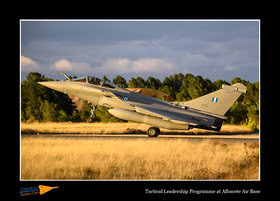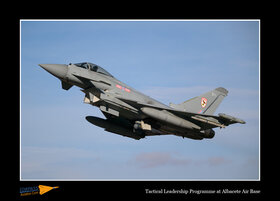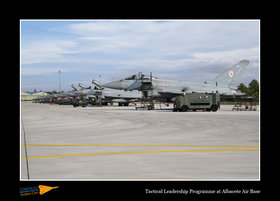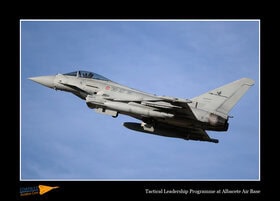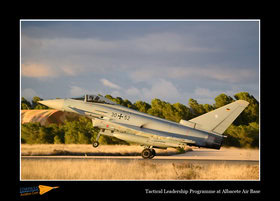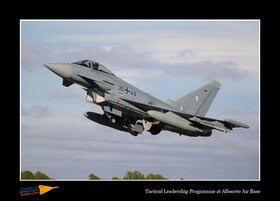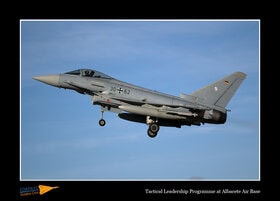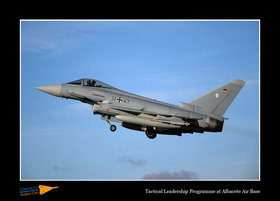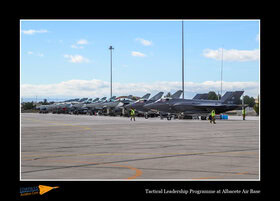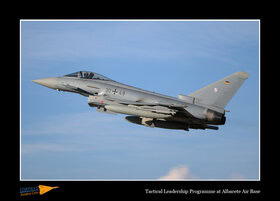History of Tactical Leadership Programme (TLP)
Explanation of Tactical Leadership Programme (TLP)
In the Flying branch are two TLP courses: Composite Air Operations (COMAO) and Rescue Mission Commander (RMC). The COMAO course runs three till four times a year and has a duration of three weeks. During this course a total of twelve missions will be flown, nine live and three missions in the simulator. The RMC course is at the moment temporarily on evaluation. This course has a duration of two weeks in which seven live missions will be flown.
The Tactical Leadership Programme has five pillars. Modern fighter integration: At the moment there is a transition to the new generation platform, which was certified by the United States Air Force in 2019, and modern weapons system instructors are requested. Agile Combat Employment: Capability to generate combat power and cross maintenance activities. Advanced synthetic training: This is the most transformational pillar due to development of MACE simulator capabilities in which at the moment three missions are executed during the flying course and five missions during the COMAO Synthetic course. Contested and Degraded Operations: Complex orders of battle supported by a synthetic environment (MACE) and proper opposing forces needed. Multi-domain Operations: Ground, naval and special operations forces exploring integrating cyber and space domains in all the TLP courses.
Future strategic guidelines of Tactical Leadership Programme (TLP)
TLP Flying Course (FC) 2024-04
| BLUE | Participants: 22 | |
| France | 2x Mirage 2000D | EC.01.003 |
| Germany | 8x EF-2000 | TLG31 |
| 2x Tornado IDS | TLG33 |
|
| Greece | 2x Rafale | 332 MPK |
| Italy | 2x F-35 | 32 Stormo |
| 2x EF-2000 | 36 Stormo | |
| United Kingdom | 4x EF-2000 | 29 Squadron |
| RED | Opponents: 10 | |
| Germany | 2x EF-2000 | TLG73 |
| Greece | 2x Rafale | 332 MPK |
| Italy | 2x EF-2000 | 51 Stormo |
| France | 2x Mirage 2000D | EC.01.003 |
| United Kingdom | 2x EF-2000 | 29 Squadron |
| Air Support Assets (7) | ||
| France | 1x EC-725 | EH.01.067 |
| Germany | 1x Learjet 35A | Jam kite |
| Italy | 2x HH-1010 | 15 Stormo |
| Spain | 1x Casa 295 | Ala 35 |
| 1x MQ-9A | ||
| NATO | 1x E-3A |
The authors of Lowpass Aviation would like to thank all the involved personnel of the Spanish Air Force and TLP for their hospitality, time and help during our visit at TLP FC 2024-04, Albacete air base.
